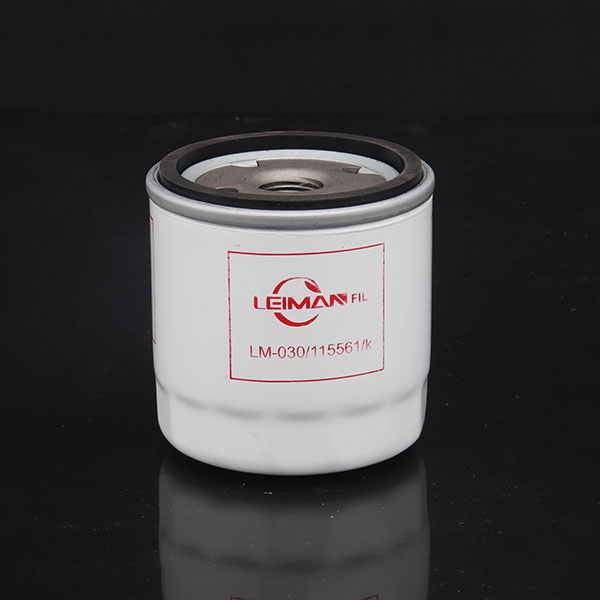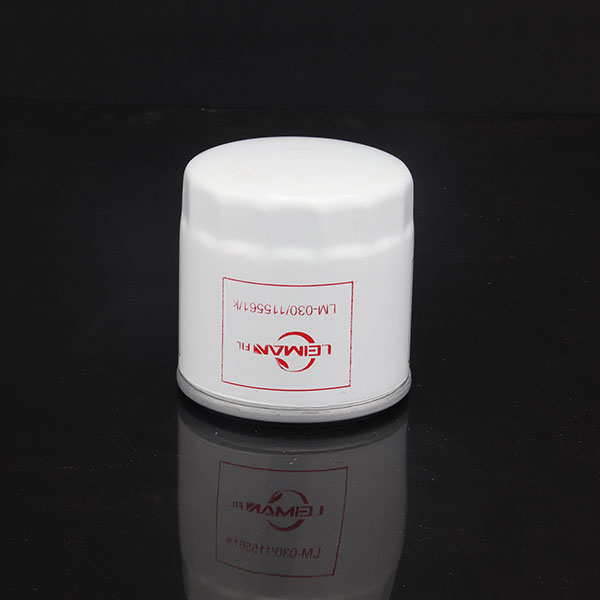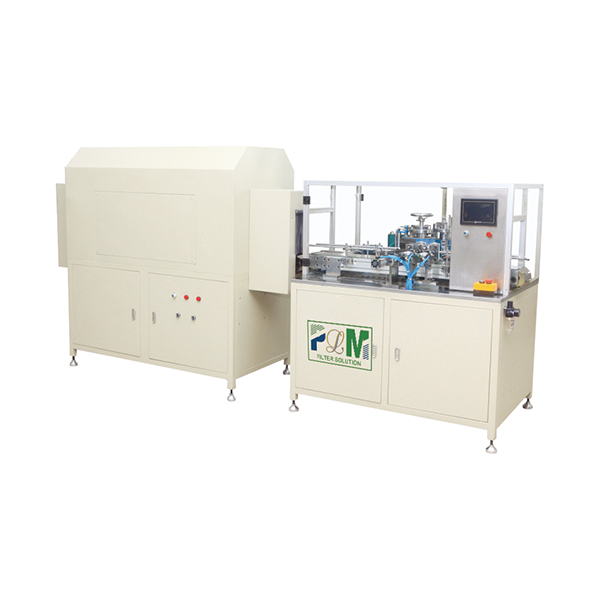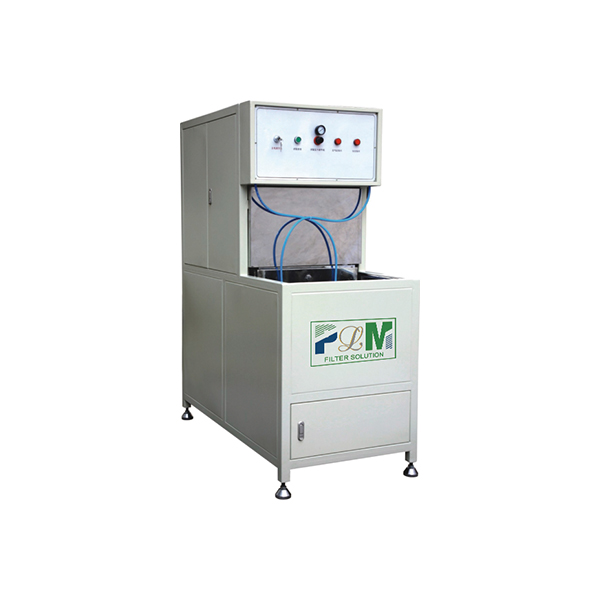Oct . 07, 2025 08:45 Back to list
Active Carbon Air Filter for Air Purifier: Odor & VOCs?
Active carbon filters for modern air purifiers: what matters now
If you’ve ever unboxed a new device and caught that “factory” smell—or moved into a freshly painted office—you’ll know why an active carbon air filter for air purifier is no longer optional. To be honest, gas-phase pollution (VOCs, odors, formaldehyde) is the slippery part of indoor air. HEPA catches particles; carbon deals with smells and chemistry. Different game.

Industry trend snapshot
Across Asia and Europe, we’re seeing thicker beds of coconut-shell carbon, selective impregnation (KMnO4, KI, or amines) for targeted gases, and test reports under ASHRAE 145.2 and ISO 10121. Surprisingly, customers now ask for CCM (gas capacity) alongside CADR. It’s a smarter market.
How it’s made (the real-world flow)
- Materials: coconut-shell activated carbon (iodine number ≈ 1000–1200 mg/g), optional chemisorption impregnants; PP or PET nonwoven carriers; ABS or galvanized steel frames.
- Methods: sieving 8×30 or 12×40 mesh; dust removal; honeycomb packing or granular bed; ultrasonic welding; edge sealing to control bypass.
- Testing: pressure drop at 0.2–0.5 m/s; breakthrough per ISO 10121-3; ASHRAE 145.2 gas removal; GB/T 18801 odor reduction for purifiers.
- Service life: around 6–12 months in homes; 3–6 months in VOC-heavy sites. Real-world use may vary.
- Industries: residential/apartments, clinics, hotels, printing rooms, electronics assembly, labs with solvent use.

Product specifications (typical module)
| Model | AC-HP300 Carbon Module |
| Dimensions | ≈ 290×240×30 mm (custom sizes available) |
| Media | Coconut-shell GAC, iodine 1050±50 mg/g; optional KMnO4 impregnation |
| Media weight | ≈ 350–500 g |
| Initial pressure drop | ≤ 45 Pa @ 0.3 m/s |
| Gas removal (initial) | Formaldehyde 80–90%, Toluene 85–95% (lab; see notes) |
| Standards | ASHRAE 145.2, ISO 10121-3, GB/T 18801 |
| Certifications | RoHS, REACH, ISO 9001 plant; UL 900 Class 2 frame options |
Lab data at 23±2°C, 50±5% RH. As always, real homes vary with humidity, VOC load, and airflow.

Applications and what users actually say
Apartments post-renovation, coworking spaces with 3D printers, nail salons, hotel rooms after deep cleaning. Many customers say odors drop in 20–40 minutes on high speed, then “barely-there” by bedtime. I guess the big lesson: keep humidity moderate, because water competes for pores.
Vendor comparison (shortlist)
| Vendor | Media Options | Customization | Lead Time | Certs |
|---|---|---|---|---|
| MFilter Solution (Hebei, China) | GAC, impregnated, honeycomb | Sizes, frames, labels | ≈ 10–20 days | ISO 9001, RoHS/REACH |
| Camfil | Activated/impregnated blends | High—industrial focus | Varies by region | ISO 9001/14001 |
| Honeywell (select models) | Granular + prefilter combos | Consumer model specific | Stock-driven | UL, regional |
Note: MFilter’s manufacturing base sits east of Anping County, Hengshui City, Hebei Province, China (053600). They also make oil and hydraulic elements—cross-industry tooling helps with tight tolerances.

Case notes
- Renovated flat, 72 m²: initial formaldehyde 0.18 mg/m³ → 0.06 mg/m³ in 48 h with two units using active carbon air filter for air purifier, high for 4 h then auto mode.
- Nail studio, 40 m²: toluene odor reduced “noticeably” in 30 min; staff reported fewer headaches after swapping to thicker-bed active carbon air filter for air purifier.
Customization tips
Ask for iodine number spec, mesh size, and bed depth. If you battle ammonia or acid gases, request impregnated media. And make sure your purifier’s fan can handle +20–50 Pa extra without getting noisy.

A quick aside on a sibling product
Factories that build precision filter modules often produce other elements too. Example: Spin On Oil Filter 0301155611k 115—different medium, same obsession with sealing and pressure integrity. That cross-pollination is why some carbon modules feel “overbuilt,” in a good way.
Test data snapshot (lab, controlled)
At 0.3 m/s, 23°C, 50% RH: Toluene initial removal 92%, formaldehyde 85%, pressure drop 38 Pa; CCM (gas) rated “High” under GB/T 18801. Your mileage will vary with VOC load and ventilation.
Citations
- ASHRAE Standard 145.2: Laboratory test method for gas-phase air-cleaning systems.
- ISO 10121-3: Test methods for assessing the performance of gas-phase air filters.
- GB/T 18801: Air Cleaner—Performance requirements.
- US EPA: VOCs and Indoor Air Quality—Guidance and sources.
Comprehensive Guide to Filter Caps: Applications, Benefits & Future Trends
NewsNov.24,2025Filter Paper: Essential Guide for Industry and Global Applications
NewsNov.23,2025Essential Guide to Filter Materials: Types, Applications, and Future Trends
NewsNov.22,2025Efficient Long Pulse Dust Collector Pleated Filters for Superior Industrial Air Quality
NewsNov.22,2025Professional Air Filter Making Machine – Efficient Air Filtration Production Solutions
NewsNov.21,2025PLAB-6 A/B Glue System-Hebei Filter Man|Precision&Adjustable Speed
NewsNov.21,2025






